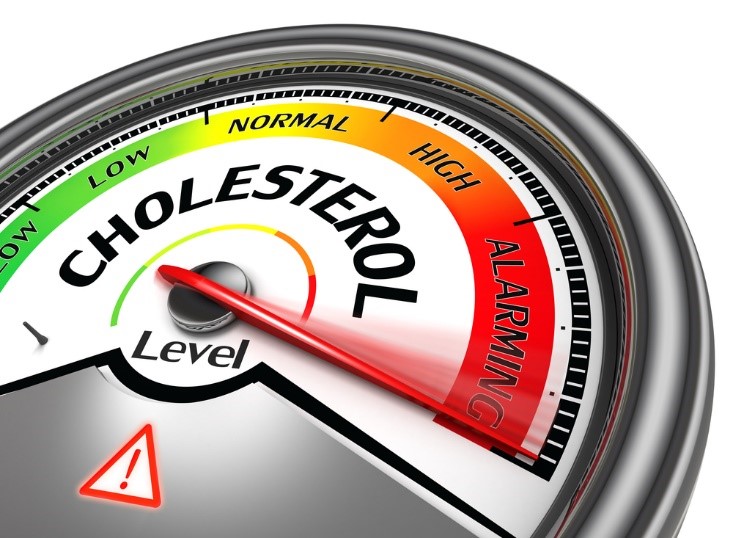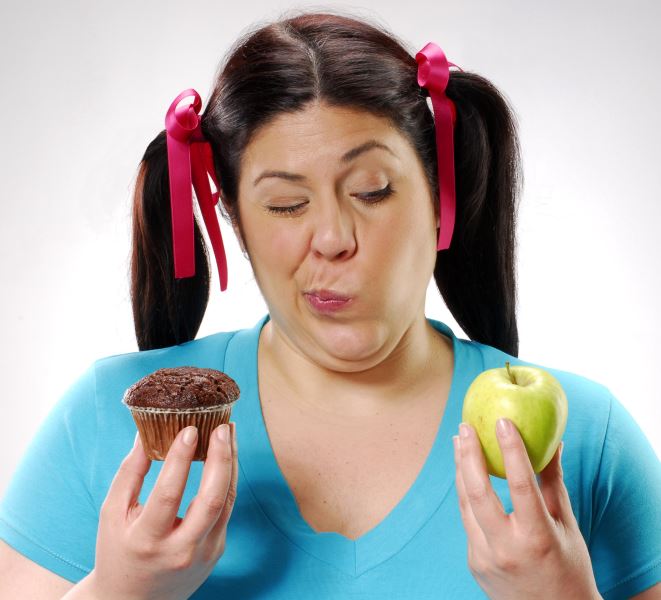How to Reduce Cholesterol Levels

According to the World Heart Federation, every year, 4.4 million lives are lost to elevated cholesterol levels. High cholesterol is a leading cause of life-threatening conditions such as heart disease, stroke, atherosclerosis, and peripheral arterial disease.
These risks are primarily associated with high LDL cholesterol and low HDL cholesterol levels in the bloodstream.
What is cholesterol?
Cholesterol is a lipid (fat) essential for one’s body to function correctly. It aids in producing certain hormones, vitamin D, and substances that help digest foods. The liver produces the necessary cholesterol, but it can also be acquired from food.
There are two main types of cholesterol:
- Low-density lipoprotein (LDL): LDL is often labelled ‘bad cholesterol.’ It carries cholesterol particles throughout the body and deposits them into blood vessels, leading to health issues like heart disease.
- High-density lipoprotein (HDL): HDL is known as ‘good cholesterol.’ It carries cholesterol back to a person’s liver, where it is removed from the body, protecting against heart disease.
How are high cholesterol levels diagnosed?
The most effective way to determine cholesterol levels is through a comprehensive lipid panel test. This measures LDL, HDL, and total cholesterol levels in a person’s blood.
Normal cholesterol levels are as follows:
- Total cholesterol: Less than 200 mg/dL
- LDL cholesterol: Less than 130 mg/dL
- HDL cholesterol: 40 mg/dL or higher for men and 50 mg/dL or higher for women
How to reduce cholesterol?
Managing cholesterol levels involves a multifaceted approach that combines dietary changes, lifestyle modifications, and, in some cases, medication. Here are some ways that define how to control your cholesterol.
1. Increase soluble fibre intake: Soluble fibre acts like a sponge, absorbing cholesterol from one’s bloodstream and eliminating it from the body. To increase soluble fibre intake, one can make the following dietary changes:
- Incorporate fruits such as guavas, oranges, strawberries, apples, and bananas.
- Have more vegetables like broccoli, cabbage, carrots, green beans, and okra.
- Choose whole grains like oatmeal, barley, and whole wheat over refined grains.
- Legumes such as lentils, beans, and peas are excellent sources of soluble fibre.
- Swap saturated fats for better fats.
How to lower LDL cholesterol?
The best way to lower LDL cholesterol without affecting HDL cholesterol is to replace saturated fats with unsaturated fats. A person can add the following to their diet:
- Monounsaturated fats: These heart-healthy fats can be found in foods like avocados, olive oil, and unsalted nuts such as cashews and almonds. They help raise HDL cholesterol levels while lowering LDL cholesterol.
- Polyunsaturated fats: These are Omega-6 and Omega-3 fatty acids found in fatty fish (e.g., salmon and trout), flaxseeds, and walnuts, and they help to reduce LDL cholesterol and triglycerides.
1. Cut down on saturated and trans fats
Trans and saturated fats are the main culprits behind elevated LDL cholesterol levels. They are commonly found in processed foods, fried items, and many commercially baked goods. To reduce one’s cholesterol, aim to:
- Choose poultry and fish as healthier protein sources.
- Use cooking oils high in unsaturated fats, such as olive or canola.
- Always read food labels carefully and avoid products with trans fats listed in the ingredients.
- Choose lean cuts of meat instead of red meat.
2. Lose excess weight
Excess weight, particularly around the waist, is often associated with higher LDL cholesterol levels and an increased risk of cardiovascular disease. Even a small reduction in weight can significantly influence a person’s cholesterol profile. It will help reduce LPL cholesterol while increasing the levels of HDL cholesterol.
3. Increase physical activity
Regular physical activity is a cornerstone of maintaining a healthy heart and normal cholesterol levels. Aim for 150 minutes per week of moderate exercise like brisk walking, swimming, or biking. Or target 75 minutes per week of vigorous activity like jogging, aerobics, or sports. These aerobic workouts can boost HDL cholesterol while decreasing LDL cholesterol.
4. Take less stress
Another way to control cholesterol levels is by avoiding stress. According to a research paper published in Medicine, psychological stress can result in decreased HDL and increased LDL and triglyceride levels.
Some of the ways to manage stress to reduce high cholesterol levels are:
- Practicing positive self-talk.
- Striving to achieve a healthy work-life balance.
- Adopting a nutritious diet.
- Engaging in mind-relaxing activities such as meditation and yoga.
- Cultivating healthy habits, such as getting adequate sleep and making time for activities one enjoys.
5. Quit smoking and cut alcohol intake
Smoking damages blood vessels, decreases HDL cholesterol, and increases the risk of heart disease. Quitting smoking is one of the most productive steps to improve overall health and cholesterol levels.
Apart from that, excessive alcohol intake can also raise triglyceride levels and contribute to high cholesterol.
Managing one’s cholesterol levels is a long-term commitment and a lifestyle change. Regular check-ups and consultations with a healthcare provider are key to managing cholesterol effectively.
To determine cholesterol levels, consider booking the lipid profile test in consultation with your doctor. With the results, one can understand their current cholesterol health and work with their healthcare provider to take necessary steps for improvement.













